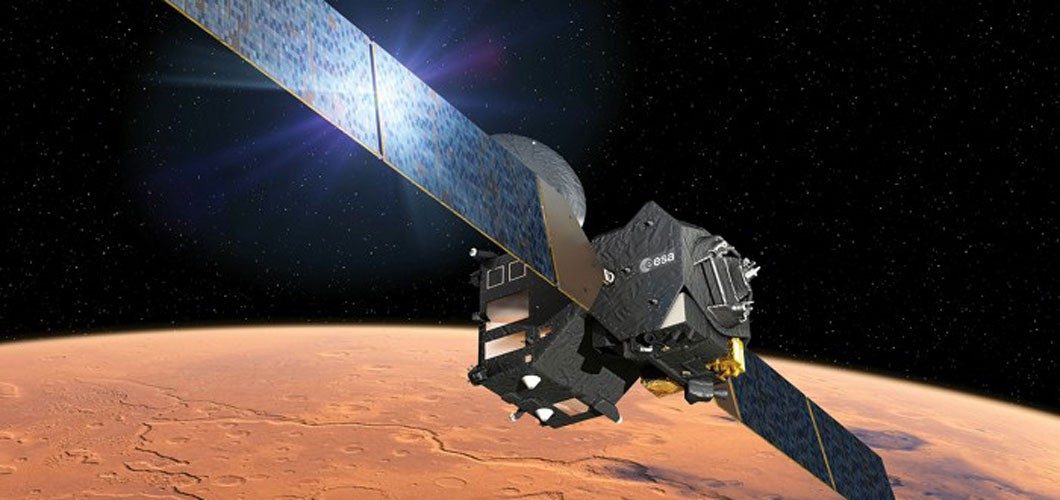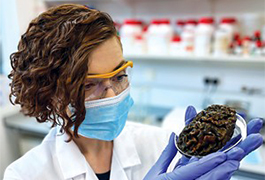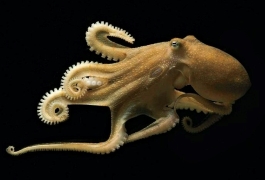Hydrogen Chloride Found in Mars Atmosphere
by Sam Lemonick, for C&EN

The first detection of a halogen-containing gas in Mars’s atmosphere is telling scientists there is still a lot to learn about the planet’s chemistry. Researchers spotted hydrogen chloride during Mars’s dusty seasons, and they say water or volcanic activity may be involved in the molecule’s appearance and disappearance in the atmosphere (Sci. Adv. 2021, DOI: 10.1126/sciadv.abe4386).
The first wheeled Mars rover, NASA’s Sojourner, detected chlorine on the planet’s surface in 1997. Subsequent rovers confirmed chlorine’s presence and found chlorine-containing compounds like perchlorates in the martian soil. HCl exists in Earth’s and Venus’s atmospheres and was predicted to be in Mars’s, but researchers had not yet found it there.
Oleg Korablev of the Space Research Institute of the Russian Academy of Sciences says he and his colleagues were looking for signs of methane in data collected by the European Space Agency’s ExoMars Trace Gas Orbiter when they spotted signatures of HCl. The group confirmed the molecule’s presence with two separate infrared spectrometry instruments on the spacecraft. The instruments recorded different amounts of HCl at different altitudes and times of year, sometimes finding none at all. Korablev says HCl appeared when Mars was closest to the sun, which can create warmer, dustier Martian conditions.
That observation would fit with a hypothesis that the gas originates from chlorine-containing molecules in dust particles, which in turn implicates water in Mars’s chlorine cycle: chlorine on the surface may once have been part of sodium chloride in a long-gone martian ocean. A water-derived oxidant like the hydroxyl radical could liberate chlorine from dust particles blown into the atmosphere, forming HCl.
Other hypotheses for HCl’s formation involve photochemistry or electrochemistry from lightning freeing chlorine from dust in the air. Or chlorine could come from a different source altogether—from minerals released by volcanic eruptions or magma rising close to the surface. The group notes that there is little evidence of seismic activity or other gases like SO2 that scientists would expect to see if Mars had erupting volcanoes, so this explanation seems less likely.
Korablev favors the water-based hypothesis. Dmitry Shaposhnikov, also of the Space Research Institute of the Russian Academy of Sciences but not involved in this research, agrees that the available evidence points that way. He says if confirmed, the finding will fill in scientists’ understanding of Mars’s dust, its atmospheric chemistry, and its water cycle.
It’s not only HCl’s source on Mars that still needs to be sussed out; so does its sink. HCl’s disappearance at the end of Mars’s dusty season “is also quite a puzzling thing,” Korablev says. The group suggests water ice on the surface or clouds may capture HCl.
Korablev says the group is now analyzing a second year of data from the orbiter to see if these patterns hold. And he thinks laboratory experiments should help pin down the chemical processes involved in Mars’s chlorine cycle.




